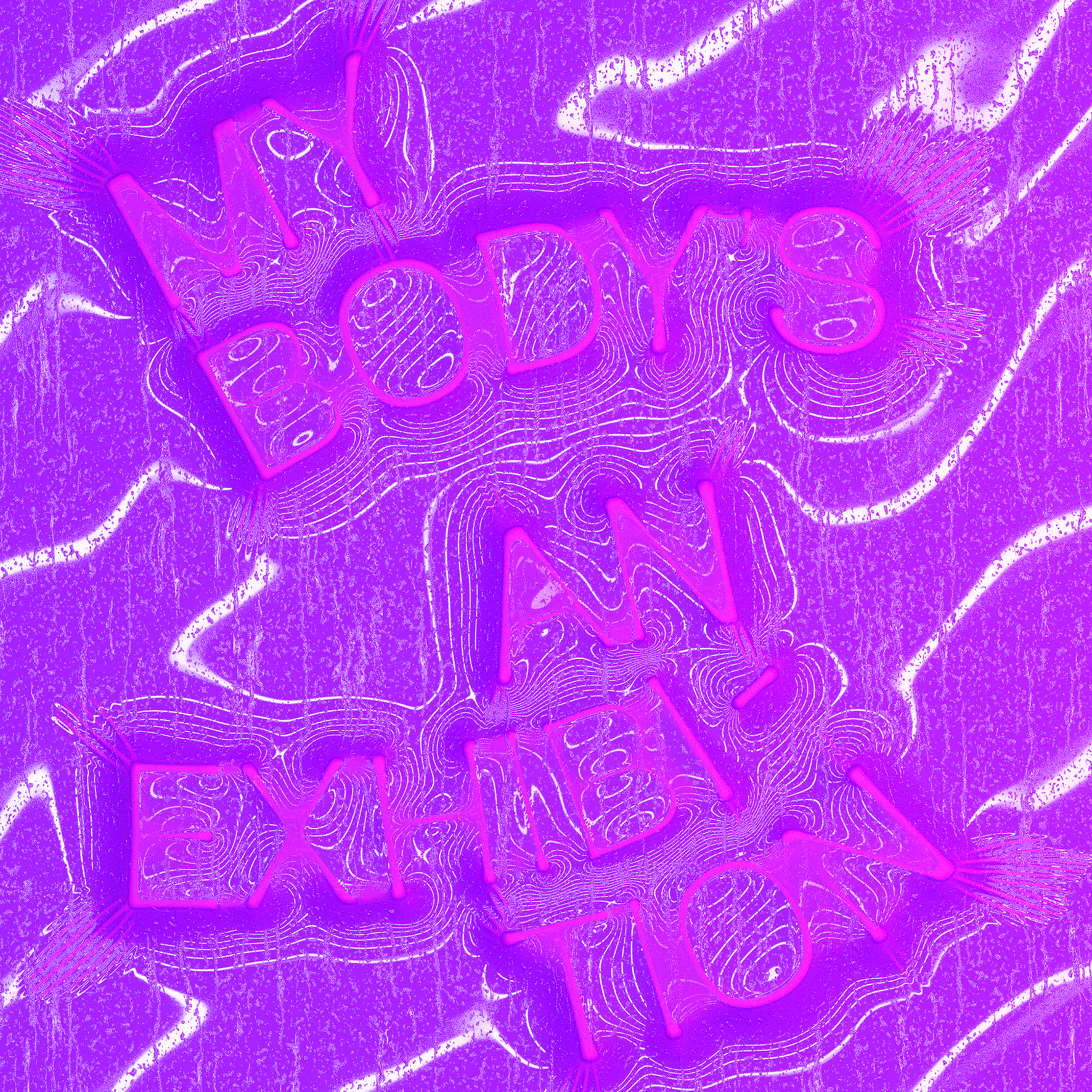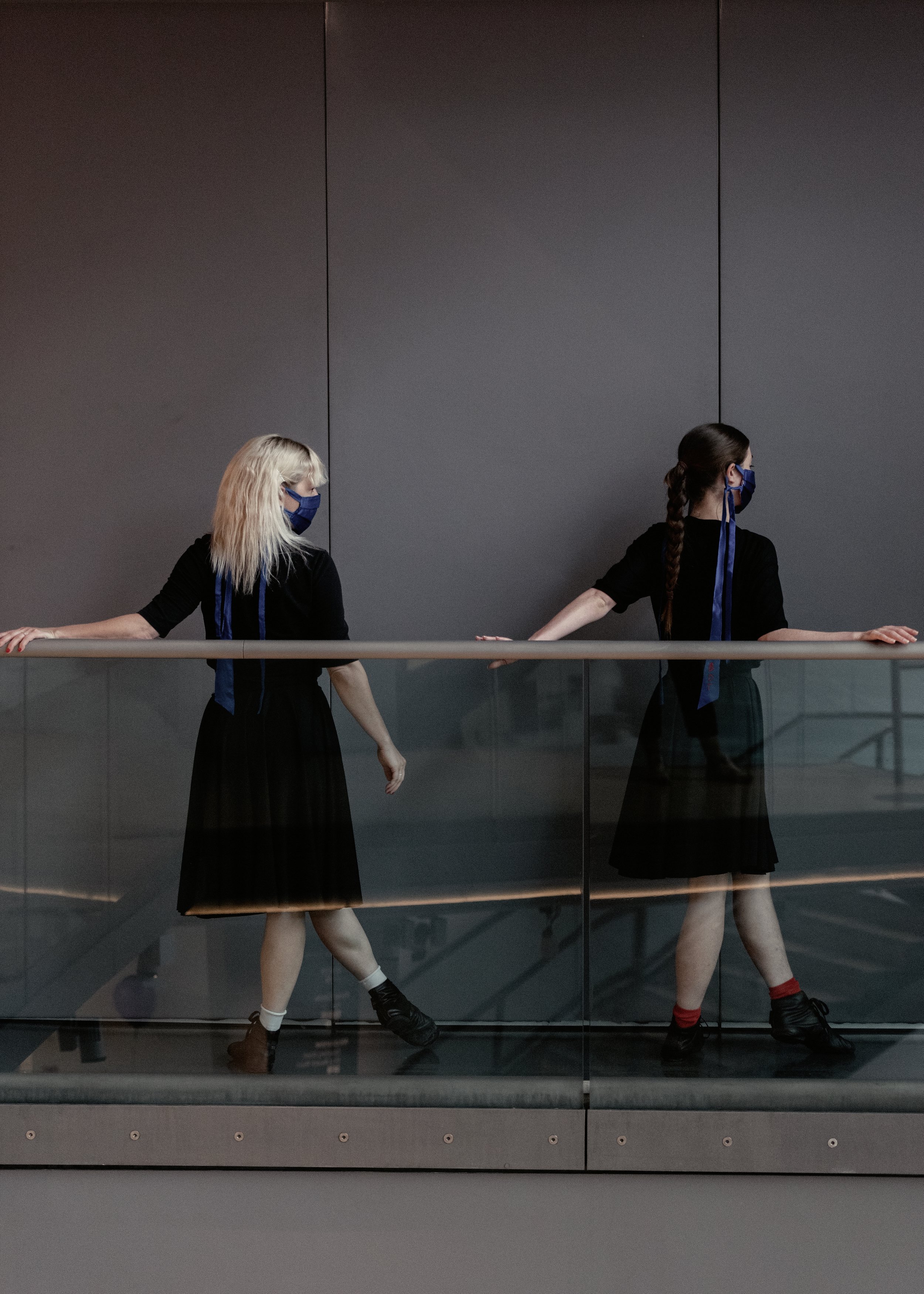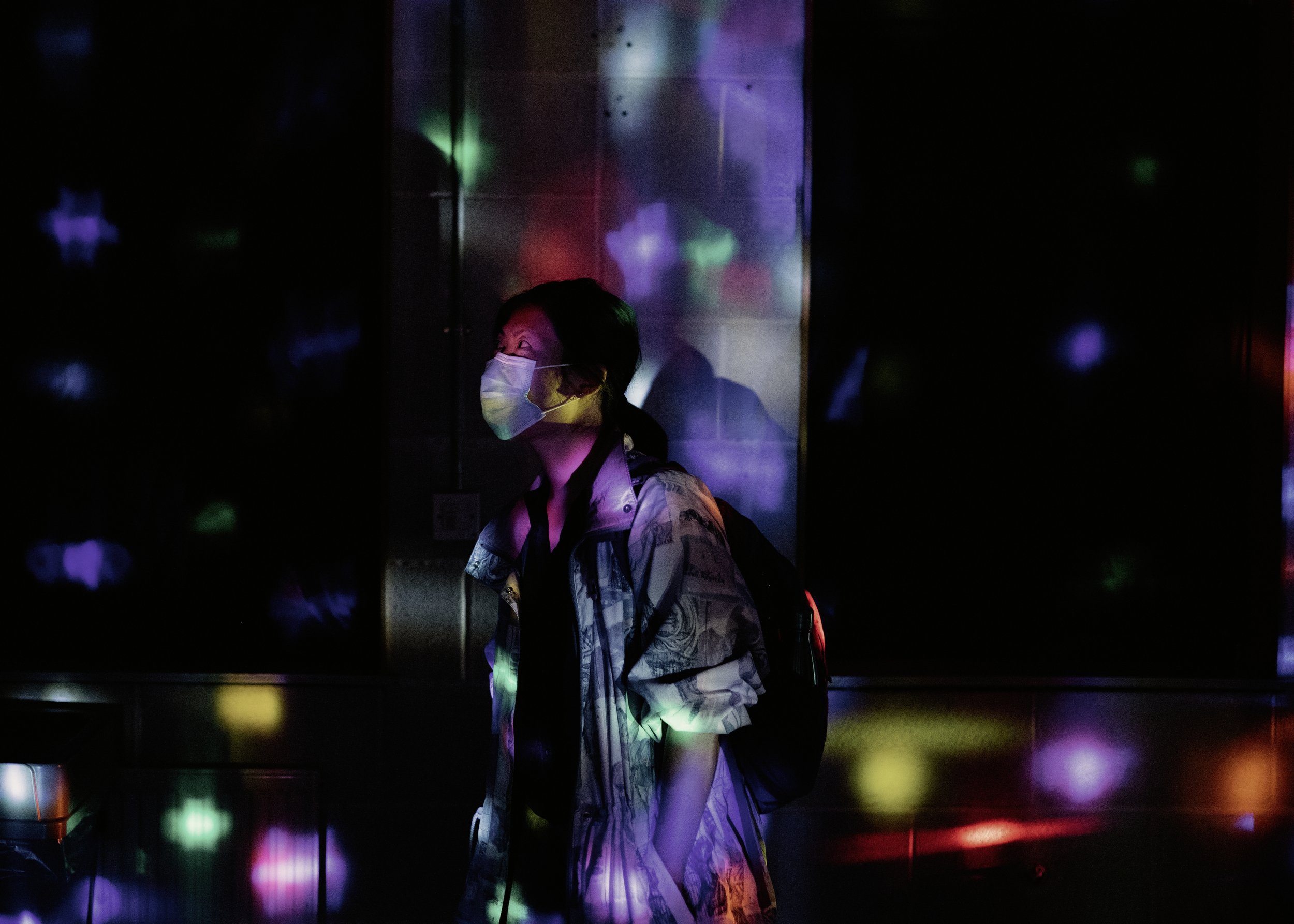my body’s an exhibition
Sadlers Well’s Theatre, London, UK
I am a dancer because of Janet Jackson, for so many reasons. True story! When invited to curate this event it was obvious that the show’s underlining curatorial concepts should springboard from Janet Jackson in some way. Taking the lyrics “my body’s an exhibition baby” from the song Feedback (2008) as inspiration, I am exploring the role of the spectator when observing the body as an object, as well as how bodies are seen, and what it means to be seen.
As a choreographer and curator, I started to investigate how the image of the body plays a central role in how the movement is interpreted. This question comes from being a dancer and finding my career dictated by my body image, not my technical skill.
Artist exhibited:
Phoebe Berglund, Myrid Carten, Ignasi Casas, Fabritia D’Intino, Janine Harrington, Naoto Hieda, Fenia Kotsopoulou, Christopher Matthews, Nasheeka Nedsreal, Amand Prince-Lubawy, John Philip Sage, Songhay Toldon
Performers:
Typhaine Delaup, fraserfab, Samir Kennedy, Benjamin Knapper, Elena light, Hannah Parsons, Dominic Rocca, Eve Stainton, Darcy Wallace, Riley Wolf
Here is a list of ideas, thoughts and provocations for the exhibition:
*Codified dance, like ballet and modern dance, is a camp or queer version of people, society, historical moments anyway; so why not acknowledge it.
*When researching dance history, I acknowledge the bodies don’t represent us but we are representations of questioning those bodies.
*To queering dance history can be to ignore it all together.
*I have no judgement on wether a person is “queer enough” as queer is about openness and relies more on questions than definitions.
*How does the body represent its socio-economic background when the image in American and European dance history is inherently middle and upper class?
*Who are our idols? How are they different from celebrities?
*Can we love dance? Can we love pop culture? Can we love things and not be embarrassed for it?
*Growing up learning about historical dance works I felt they were systematically heteronormative even when they were not overtly asking for it. I propose the question to myself: “How to queer dance history?”
*Curation is a social act like hosting a party, bringing artist or artworks together to dialogue together, party together, argue with each other and/or create new knowledge. Is this queering curation?
*Not all the works in the show are made by dance artists but in the making or final product they are choreographic.
*Not all the works in the show are made by queer identifying artists but I see the art works as queer through the ways they use the body, or place the representation of a body at the centre.
*Being an artist with ADHD, how can I make an over-stimulating experience for the viewer that reflects my everyday lived experience? One topic. Multiplicity of perspectives. A few distractions along the way. The show is hoping to stimulate, and then stimulate again and again with constant movements and a plethora of colours either through the works or the visitor themselves.
*Like the lyrics of the song, the show is a dialogue between performer and viewer and those roles are not stable. At times flipping the experience of the audience from being the spectator to being on display for the objects themselves, in sense queering the theatre or theatrical experience.
*How can the exhibition act as a CD, all the artworks are tracks within the album.
*How can we experience dance instead of watching dance?
Production and Curatorial Support: Robyn Cabaret, Christopher Haddow
Generously support through the Sadler’s Wells Wild Card Commission





















